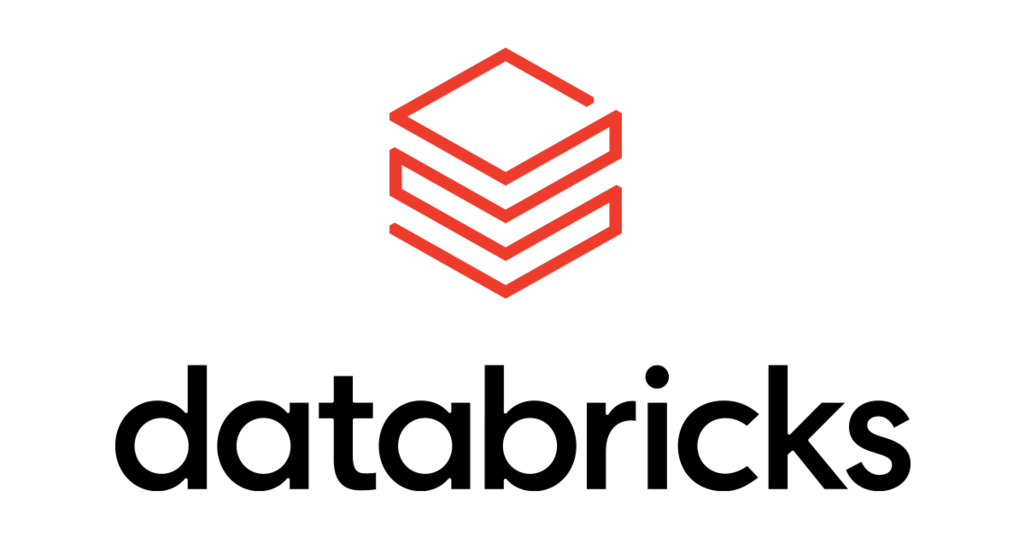Data security is a top priority for organizations in today’s digital landscape. Protecting sensitive data from unauthorized access, breaches, and leaks is crucial for maintaining trust with customers, complying with regulations, and avoiding financial losses.
These beginner’s tips will outline key data security best practices and strategies to help safeguard your organization’s most valuable asset – its data.
Develop a Data Security Strategy: Create a data security strategy that identifies risks, vulnerabilities, and potential threats to your organization’s data. This strategy should address physical security, network security, access control, data encryption, and incident response plans.
Implement Access Controls: Establish role-based access controls (RBAC) to ensure that users can only access the data they need to perform their job functions. This includes implementing user authentication methods, such as multi-factor authentication (MFA), and monitoring user access to detect potential security breaches.
Encrypt Data at Rest and in Transit: Encrypt sensitive data both at rest (e.g., in storage systems) and in transit (e.g., when transmitted over networks) using strong encryption algorithms and key management practices. This helps protect your data from unauthorized access and interception.
Regularly Update Software and Hardware: Keep software and hardware up-to-date with the latest security patches and updates. Regularly update operating systems, applications, and firmware to protect against known vulnerabilities and emerging threats.
Establish Data Backup and Recovery Procedures: Implement regular data backup and recovery procedures to ensure business continuity in the event of a data breach or system failure. Store backups in a secure, offsite location and test recovery processes periodically to confirm their effectiveness.
Conduct Security Awareness Training: Educate employees about data security best practices, potential threats, and their role in protecting the organization’s data. Regular security awareness training helps employees recognize and respond appropriately to phishing attacks, social engineering tactics, and other cybersecurity threats.
Monitor and Audit Data Activity: Continuously monitor and audit data activity to detect potential security breaches and suspicious behavior. Use security information and event management (SIEM) systems, intrusion detection systems (IDS), and other monitoring tools to proactively identify and respond to threats.
Implement Network Security Measures: Secure your organization’s network with firewalls, virtual private networks (VPNs), intrusion prevention systems (IPS), and other network security technologies. Regularly assess network vulnerabilities and implement segmentation strategies to limit the potential impact of a breach.
Establish an Incident Response Plan: Develop a comprehensive incident response plan to effectively address and manage data breaches and security incidents. This plan should outline roles and responsibilities, communication protocols, and steps for containment, eradication, and recovery.
Comply with Data Protection Regulations: Ensure compliance with data protection laws and regulations, such as GDPR, CCPA, and HIPAA, by implementing the necessary data security measures and policies. Non-compliance can lead to fines, legal consequences, and reputational damage.
Conduct Regular Security Assessments: Perform periodic security assessments, such as vulnerability scans, penetration tests, and risk assessments, to identify and address potential weaknesses in your organization’s data security posture. Use the results of these assessments to prioritize and remediate vulnerabilities.
Engage Third-Party Expertise: Consider partnering with cybersecurity experts or managed security service providers (MSSPs) to supplement your organization’s data security efforts. These experts can provide valuable insights, advice, and support for addressing complex security challenges and staying up-to-date with the latest threats and trends.
Implementing these data security best practices can help organizations protect their sensitive data from unauthorized access, breaches, and leaks. By prioritizing data security and adopting a proactive approach to data protection, organizations can maintain trust with customers, stakeholders, and regulators while reducing the risk of financial and reputational damage.
Remember, data security is an ongoing process that requires constant vigilance and commitment from the entire organization. By following these best practices and fostering a culture of security awareness, organizations can better safeguard their data and support their overall data governance efforts.
Learn More
Contact us to learn more.








